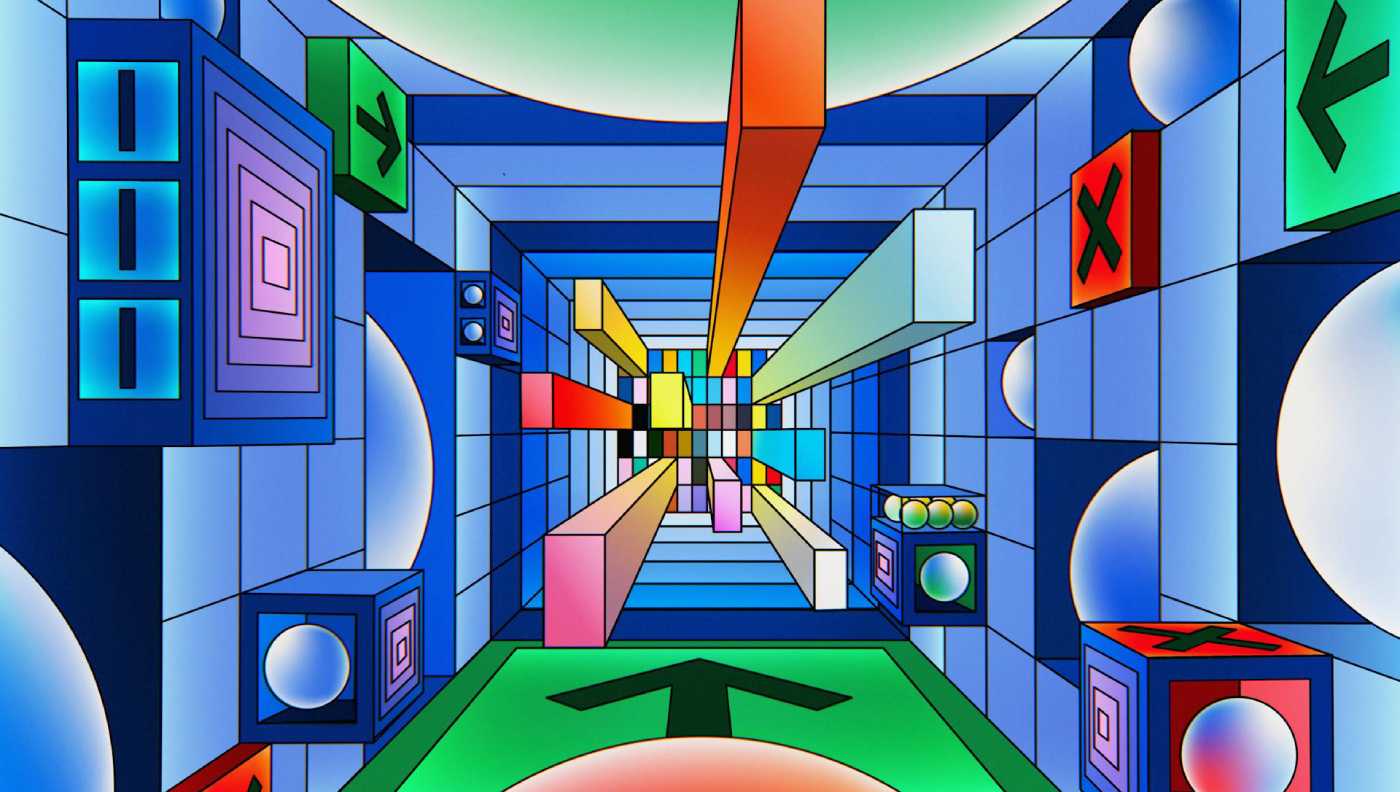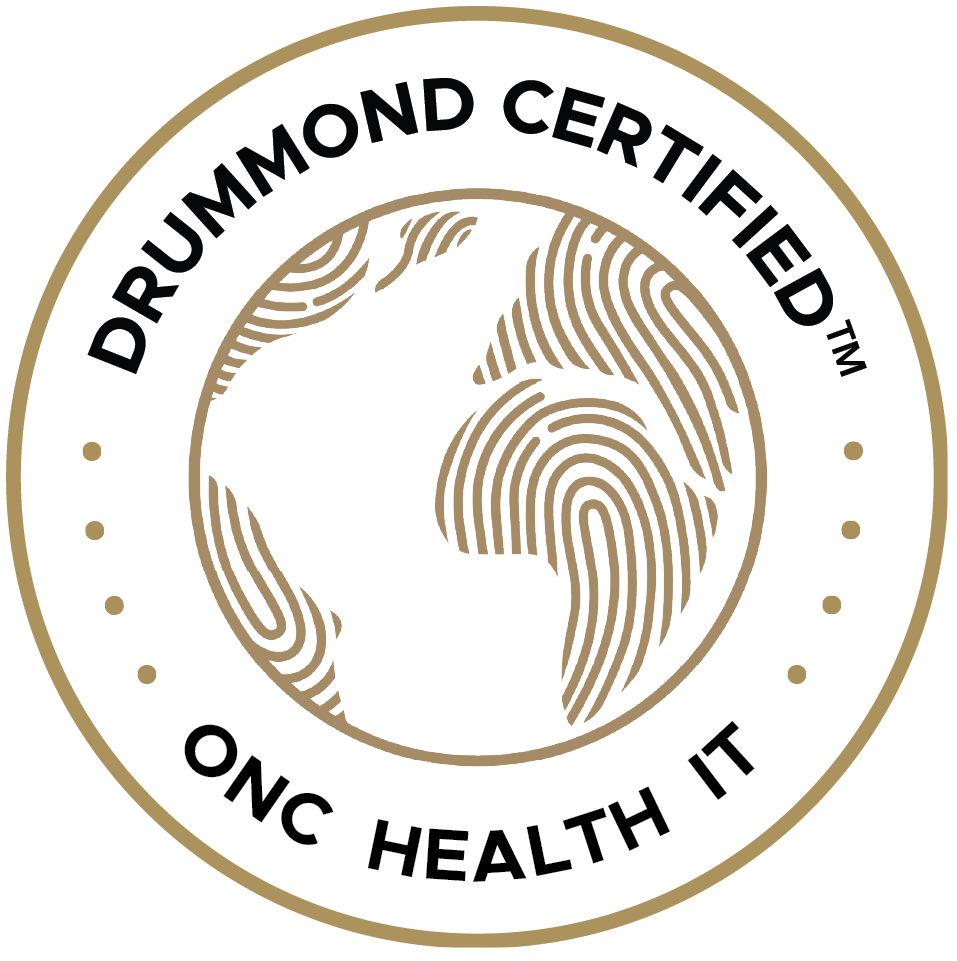Electronic health records (EHR) are the digital version of paper health charts or records. EHRs are usually managed with various medical software utilized on smart devices like computer desktops, laptops, iPads, tablets, etc. Various industries, including education, hospitality, and transportation, have even begun utilizing digital frameworks for operational use. For instance, the education system has integrated smart boards and iPads as learning resources. The hospitality industry enables patrons to make reservations and book hotel rooms online or via apps. Anything that makes the service process quicker and more convenient, EHRs illustrate that model. There has been a big shift to technology having a significant role in systematic functioning, and the healthcare industry has evolved with the trend.
How an EHR benefits patients is by enabling clinicians to operate efficiently while satisfying the needs of the patients whom they serve. It contains medical charts, provider documentation, lab results, medication lists, and any other protected health information needed to coordinate patient care. Organization is essential when clinicians are gathering data for assessing, evaluating, diagnosing, and treatment planning. EHRs carry part of the administrative weight for managing workflow, scheduling, and/or billing. Appropriately maintained records assist with the compliance needed for ethical practices. Compliance presents the rules that clinicians must follow, and EHRs ensure that all systems and clinicians fall in line.
Another vital element to consider when exploring how an EHR benefits patients is safety and security. Patients want to feel safe while being treated by their clinicians, and they want their protected health information (PHI) under the same walls of security. That’s why EHRs increase opportunities for safety and HIPAA compliance. They also decrease the likelihood of potentially harmful errors that can arise in the treatment and monitoring of patients, like breaches of PHI. An EHR system can even have spell check, preventing the misspelling of a diagnosis, thus impacting prognosis and treatment. It can also trigger flags or alerts to notify or remind clinicians of various patient-specific risks. Overall, safety is a significant component of patient outcomes.
Time is not to be wasted, and EHRs save a great deal of time for clinicians. The old-school style of pen-and-paper charting can be tedious and monotonous and take away time that could be spent on direct care with patients. An EHR system can remove all those filing cabinets and trade them in for gigabytes and share drives. It can eliminate less-desirable work responsibilities or at least make them more manageable. For example, EHRs can have special template options to cut down time on documentation. Clinicians can create files quicker, which helps with improving job satisfaction and reducing burnout-related stress. An EHR system can help clinicians do what they love in simpler ways.
EHRs have helped introduce the role of collaborating in regard to continuity of care. Clinicians can share information with other providers on an interdisciplinary team for care coordination or even providers from another facility for continuity of care. EHRs make the transfer of information smooth and accurate, positively impacting wait care times. Patients can also take more of an active role in their treatment. They can ask questions and express their concerns with their providers directly. An EHR system offers patients the ability to communicate directly with their providers, ensuring that they feel connected to the person in charge of their care, rather than being a small part of a big system. Patients want to have a more prominent role in their treatment, and easier access to information enables them to have that.
How an EHR benefits patients is by being an essential part of the care team. EHRs have solved so many problems related to productivity, efficiency, and process improvement in the healthcare industry. They have proven the concept of working smarter, not harder, and assist clinicians in improving the efficiency of the delivery of care while providing patients the support that they need to thrive. This type of technology helps ensure that one’s performance goes as planned from start to finish. In the healthcare industry, that performance includes administrative tasks, patient care, care coordination, documentation, communication, and process improvement. EHRs have many benefits, but above all else, they give the patients quality care, which is what matters most.
When patients receive the best care, they are more willing and motivated to build the necessary therapeutic alliance with their clinicians for optimal success. As patients benefit from great care, they benefit in outcomes in their everyday lives.
Here at CarePaths, we help therapists work more effectively and improve patient outcomes by empowering them with the data that they need via EHR. To learn more about how we can help you, start your free trial today!









